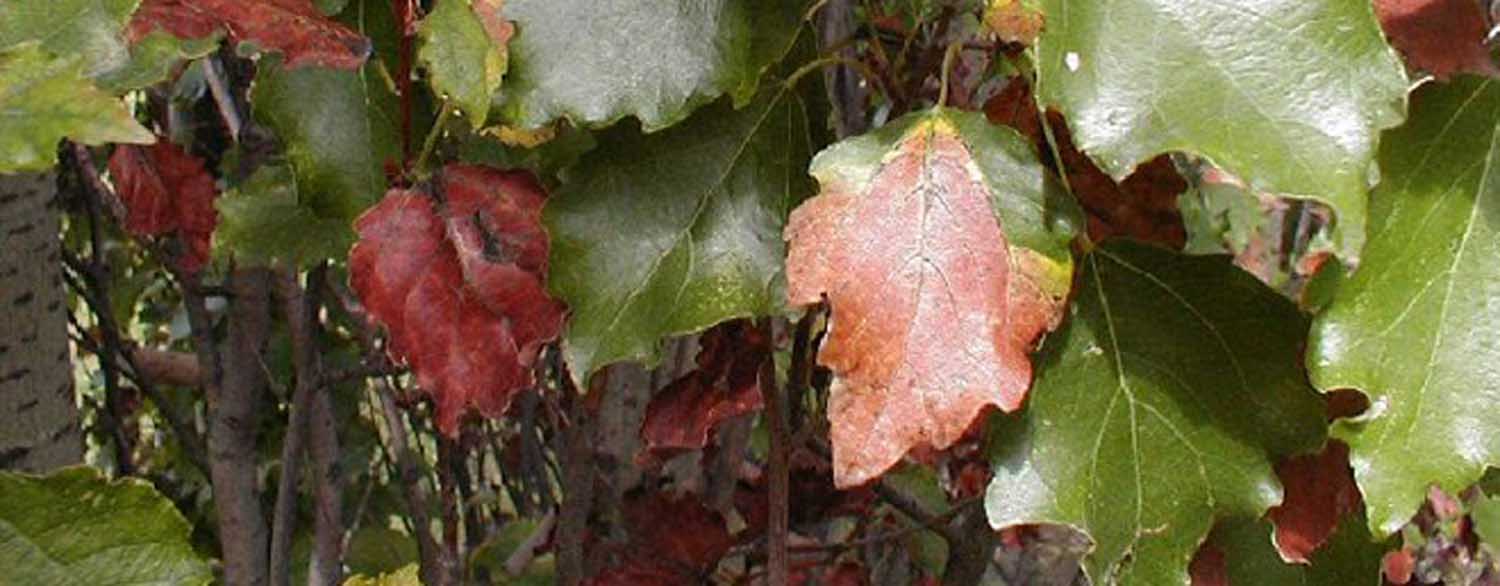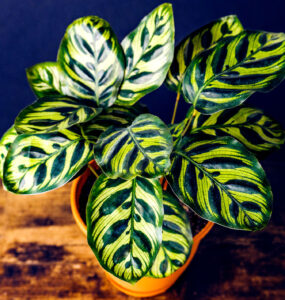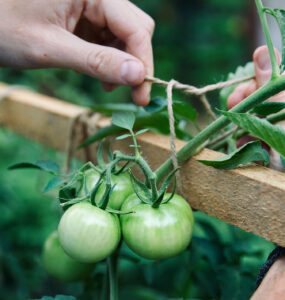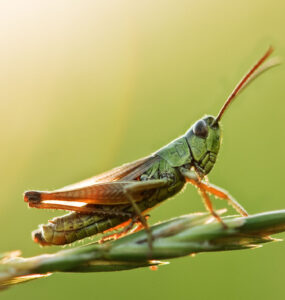Bronze Leaf Disease
by Rob Sproule
Do you have any Swedish Aspen in your yard? If you live in a newer suburban home and/or have a smaller yard, you probably do.
They are the tall, columnar trees you see lined up against fence-lines everywhere. In just a decade they’ve skyrocketed to popularity as Alberta’s favourite space-saving tree.
If you have them, go to your window and take a look. Are there any leaves still uncharacteristically clinging to the tree, even this far into Fall? If so, you may have a problem.
What is Bronze Leaf?
Bronze Leaf disease is a fungus that infects trees in the poplar family, namely Swedish columnar aspen, trembling aspen, and tower poplars. It’s a nasty bit of business, with no chemical treatments and the ability to kill your tree within 3-5 years.
It’s only been a few years since it was first found in Edmonton, but the fungus is already a major concern. Nurseries from Manitoba unknowingly shipped the disease in on ornamental trees.
Pervasive and virulent, the fear is that it will spread from ornamental Swedish aspen to our native stands of trembling aspen, which constitute much of Alberta’s native forest and drape our beloved river valley. An airborne, fatal disease let loose in there is a nightmare scenario.
How to Spot It
The disease announces itself in midsummer when sections of leaves (although sometimes they’re scattered) turn anywhere from bronze colour to chocolate brown. Although the entire tree is infected at that point, these are the leaves capable of spreading it and they must be removed and put in the garbage (not composted) right away. Removing these right away will extend the life of your tree and, hopefully, save others nearby.
By late summer the discoloured leaves will start to dry and curl inwards. Note that the leaves’ veins often remain green until now, which is how arbourists distinguish this disease from other leaf-browning blights.
In fall, infected leaves will cling creepily to their branch as others flutter down. If you didn’t see the leaves in summer, they will be painfully obvious now. It’s good practice to gather the tree’s other leaves and garbage them to prevent the fungus from potentially overwintering on the ground.
In spring, infected branches’ leaves may unfurl as either green or yellowish green, but will be stunted in size. Once daytime temps cross about 18 degrees C, the spores will take flight and infect everything around them.
How to Fight It
As with other fungal scourges, like Black Knot, there’s no chemical treatment for Bronze Leaf. It lives inside a tree and, once established, can’t be eradicated. The only treatment is to containment via removing affected branches or, at last resort, the tree itself.
Cut off affected branches 8-12″ back from the last visible sign of infection (either an infected leaf or an area browned under the branch’s bark). You may be throwing aesthetics out the window by doing this, but you’ll be saving your tree from an untimely end. Make sure to bleach your pruners after cutting.
Just like humans, healthy trees are better able to repel diseases than sickly trees. Make sure to plant your aspen in good soil and keep it watered and fertilized.
If you don’t want to take the chance, there are may other columnar options out there for smaller yards, like columnar Crabapples or Mountain Ash. I just planted 3 of the latter along my fence-line and am dreaming of the Cedar Waxwings that will flock to the fermented berries come spring.
















